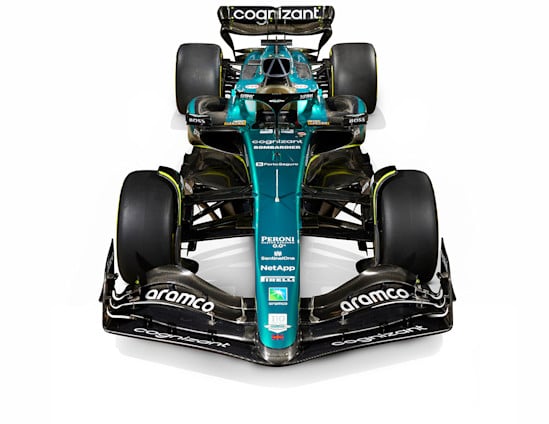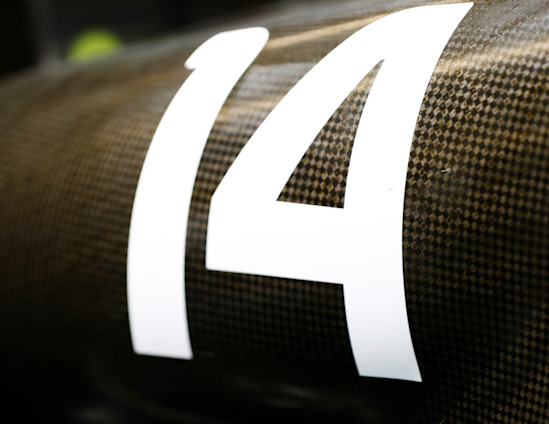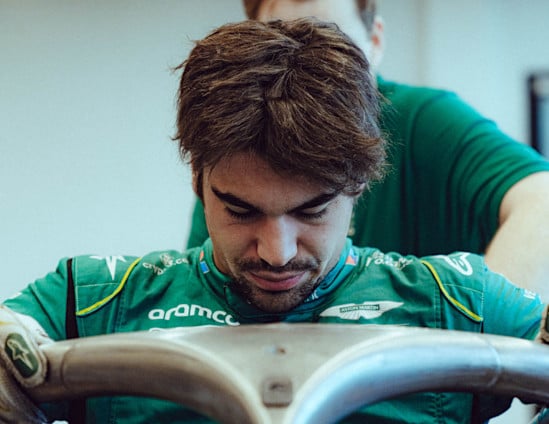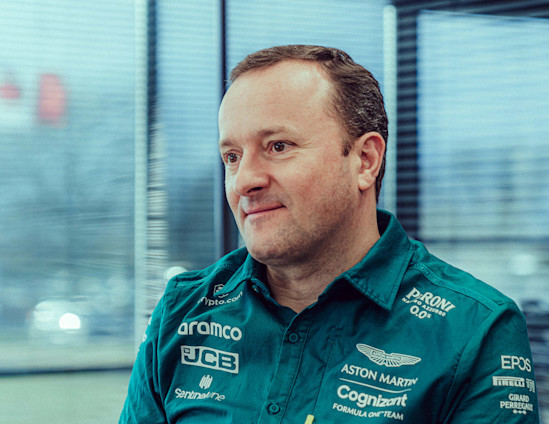2023 FORMULA ONE CAR
Introducing the AMR23Introducing the AMR23
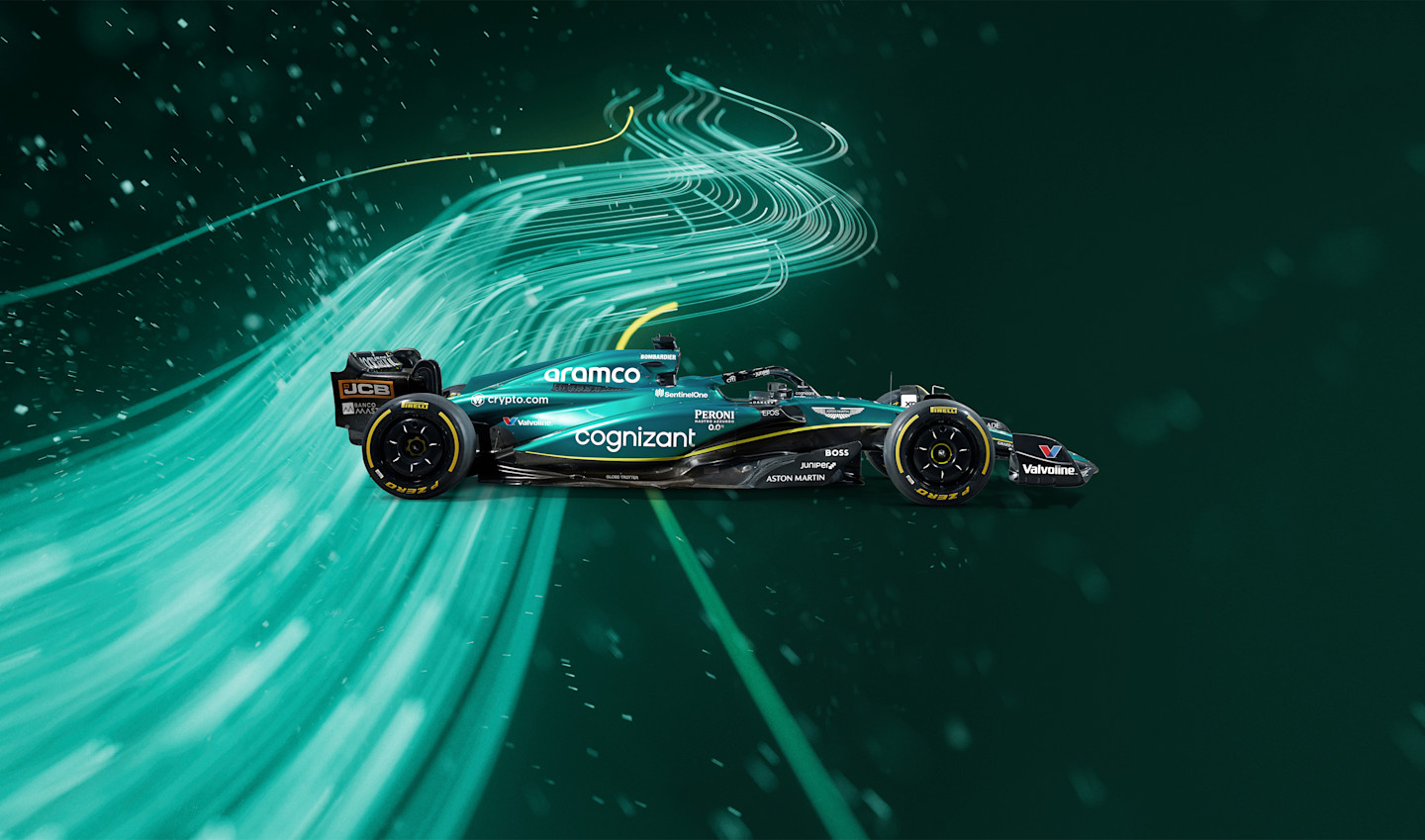
Driven by passion and purpose, the AMR23 adopts a bold and aggressive design and marks a step change from its predecessor.
With subtle changes to the 2023 technical regulations, aimed at refining 2022’s revolutionary rulebook and improving safety, we’ve applied our learnings from the previous season.
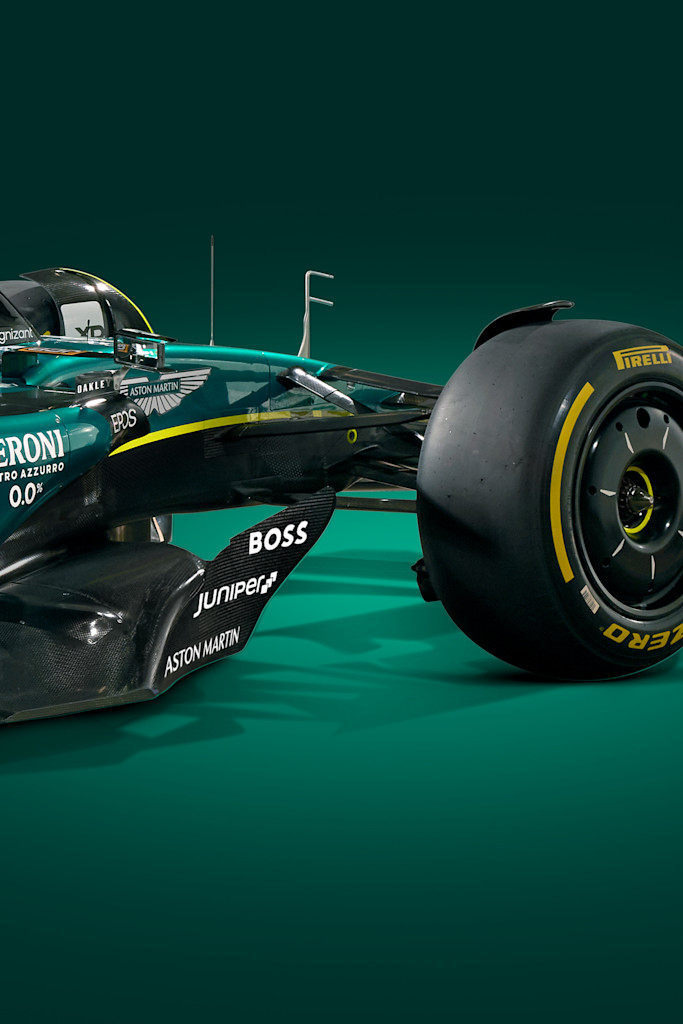
The AMR23’s sidepods combine a scalloped upper surface with the deep-angled undercut seen on its predecessor. The aggressive shape is designed to better channel airflow towards the floor, rear wing and diffuser, while retaining the effective cooling elements and louvres that helped make the AMR22 one of the most reliable cars of last season.
Front wing design has been heavily regulated since 2022 – simplified to reduce dirty air and outwash – but it remains crucial to the aerodynamic performance of the car, as it directs airflow across all the aerodynamic surfaces. Any changes in this area can have a significant impact, and a revised concept sees the AMR23 feature a more aggressive front wing profile compared to its predecessor.
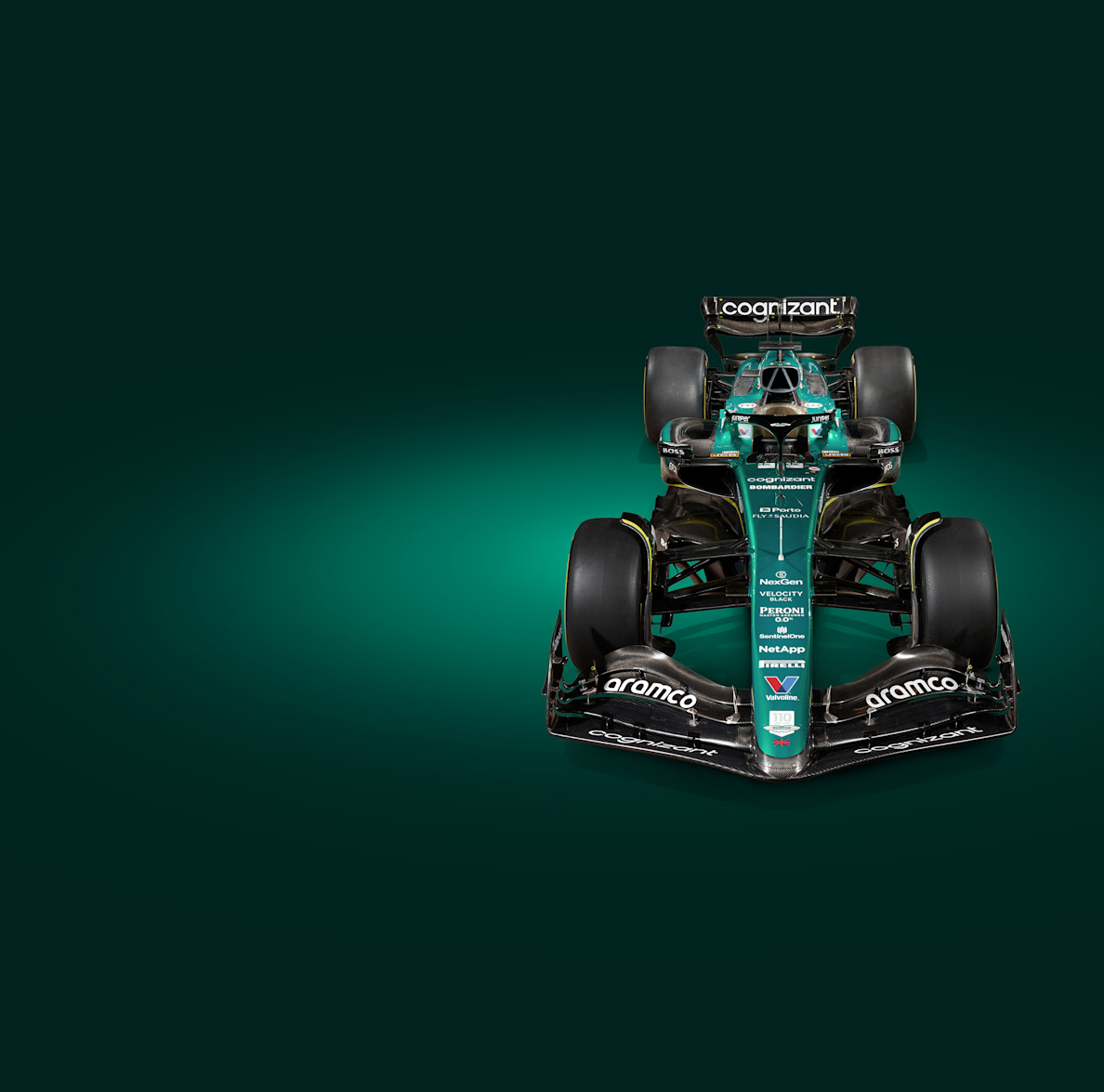
The move to ground-effect aerodynamics in 2022 left teams battling with porpoising and bouncing – an aerodynamic phenomenon that causes an F1 car to rapidly oscillate due to a sudden increase and decrease in downforce.
To combat the phenomenon, the FIA has increased the height of the floor’s lateral edge by 15mm and raised the diffuser throat to reduce aero sensitivity under the car. The floor of the car has been stiffened to meet more stringent vertical deflection tests: there are six load application points on both sides of the car, and the floor cannot deflect more than 8mm when a total of 600N is applied to each side.
With much of a modern-day F1 car’s downforce generated by the floor, the changes will reduce the overall downforce generated underneath the car, especially in fast corners. Extracting the most from the floor will be key to unlocking performance from the AMR23.
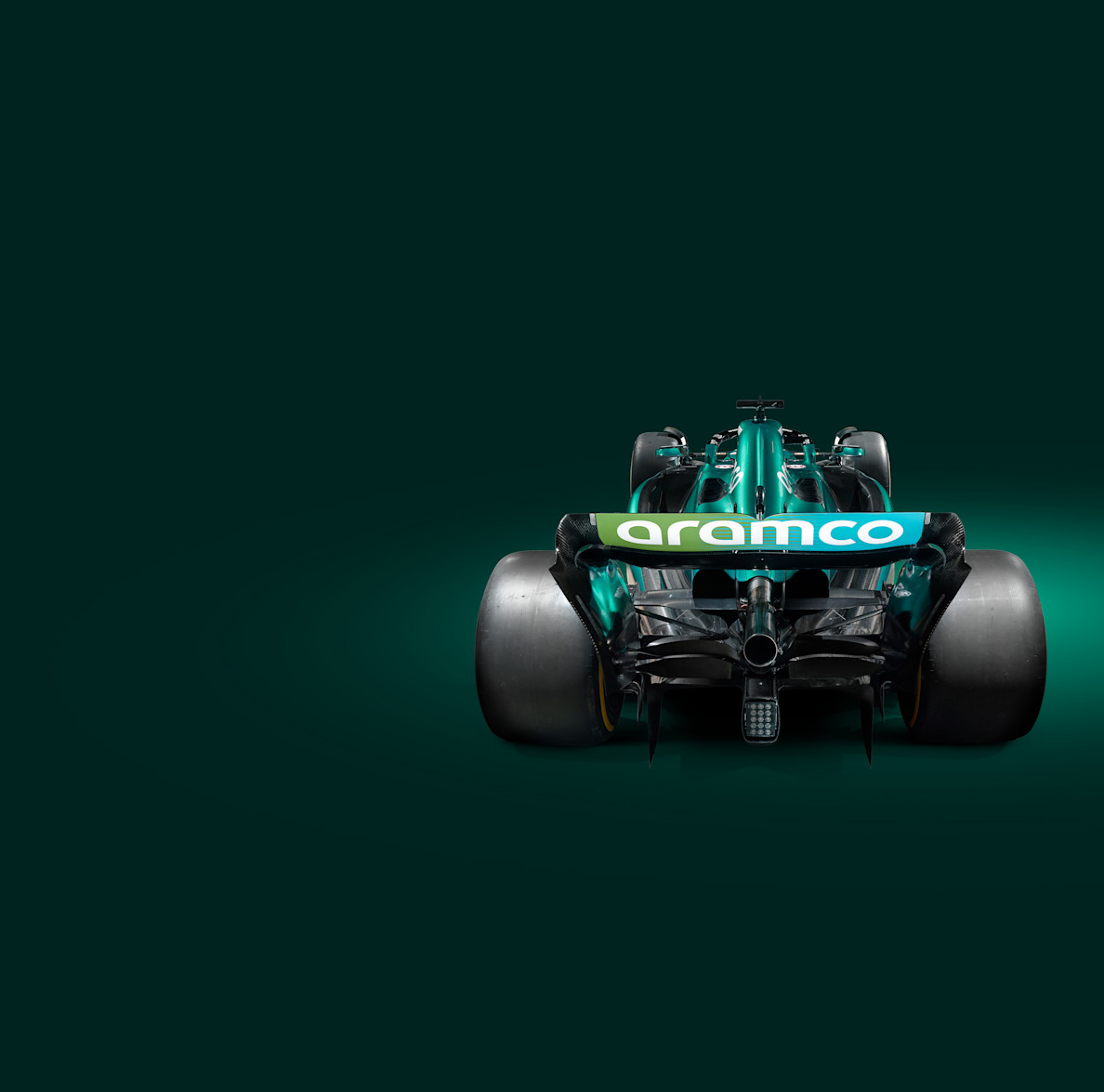
The race to improve safety in F1 never stops. The roll hoop regulations have changed to ensure that this section of the car is strong enough in the event of a roll and reduce the chance of the roll hoop digging into the ground. The mandated shape of the air intake now limits the extent to which teams can manage airflow around this area towards the sidepods and engine cover. To improve rearward visibility, the size of the mirrors has increased from 150mm x 50mm to 200mm x 50mm. The increase will influence airflow around the sidepods and towards the rear wheels.
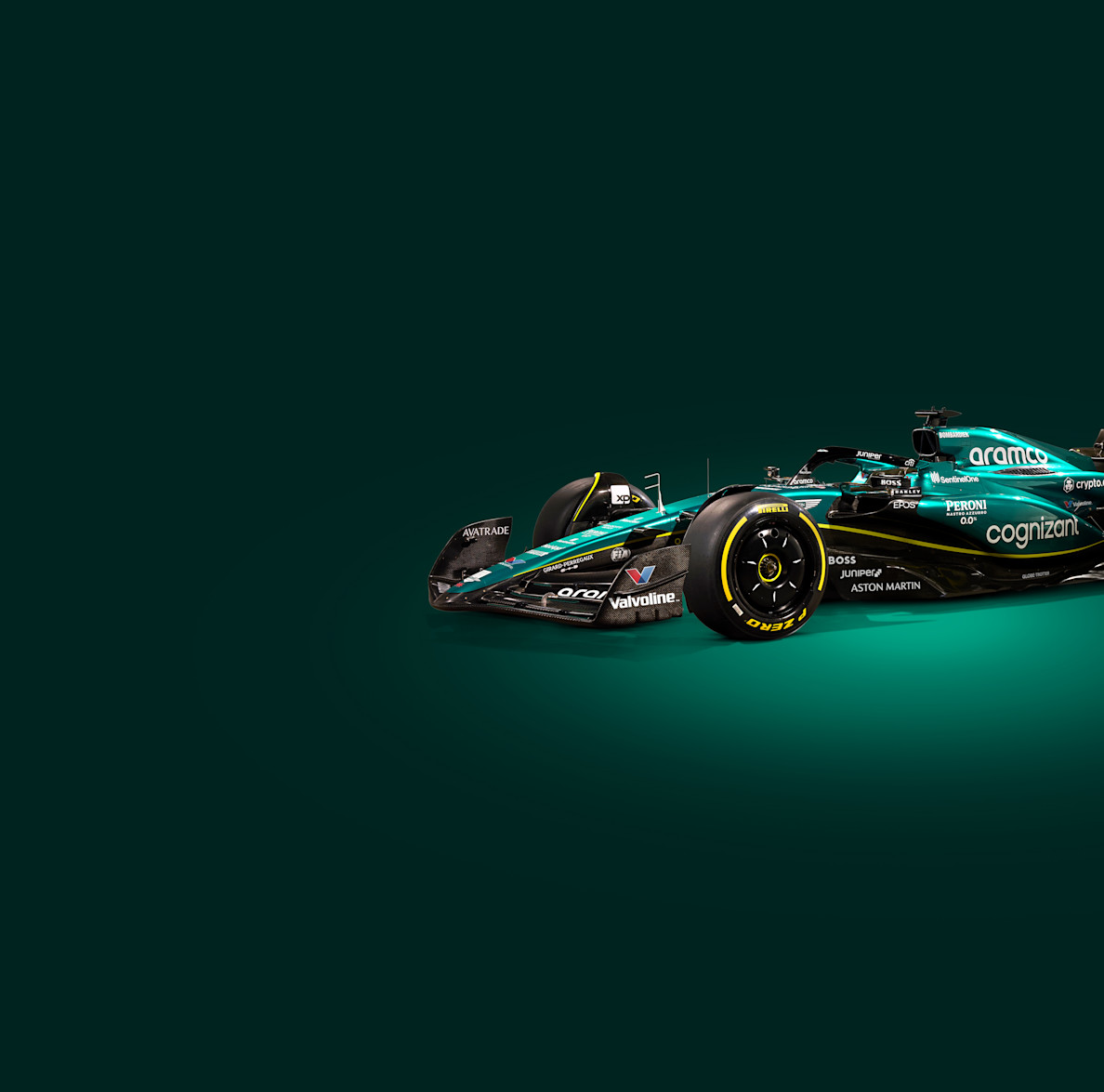
The current generation of F1 car is the heaviest in the sport’s history. A minimum weight limit of 798kg was introduced in 2022 – a 46kg increase over the previous generation of F1 car – owing to bigger, 18-inch wheels and safety enhancements to the chassis.
Although teams made significant inroads on shaving weight from their cars, they struggled to meet the new minimum weight early in the season and the same limit remains for ’23 in part due to further safety improvements being made to the chassis.
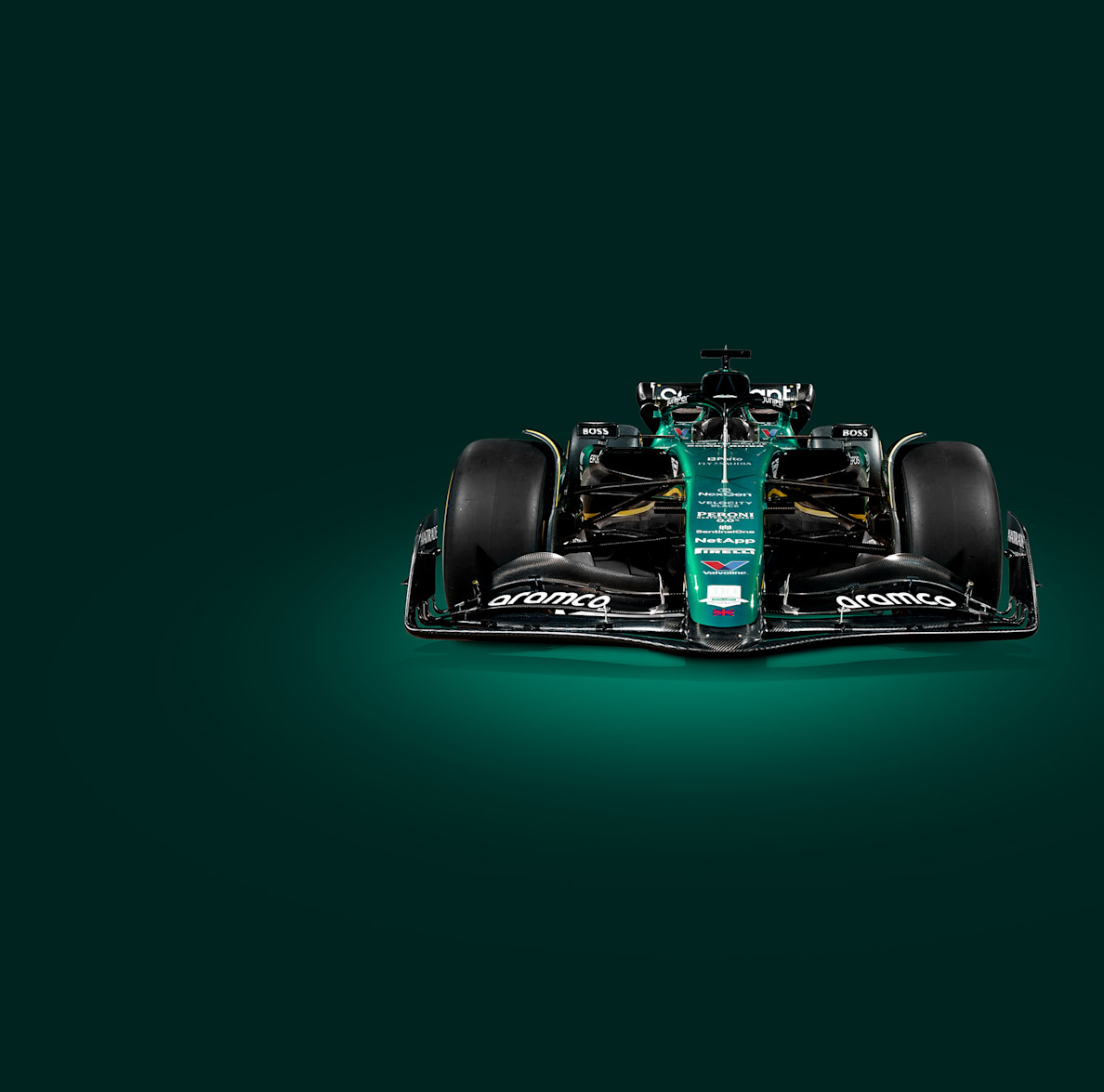
The design team was adamant that it wanted to tackle these regulations without compromise. AMR23 is a significant development of the car we refined in the latter half of 2022.
Create your perfect Aston Martin
Explore the model range and tailor your dream car.
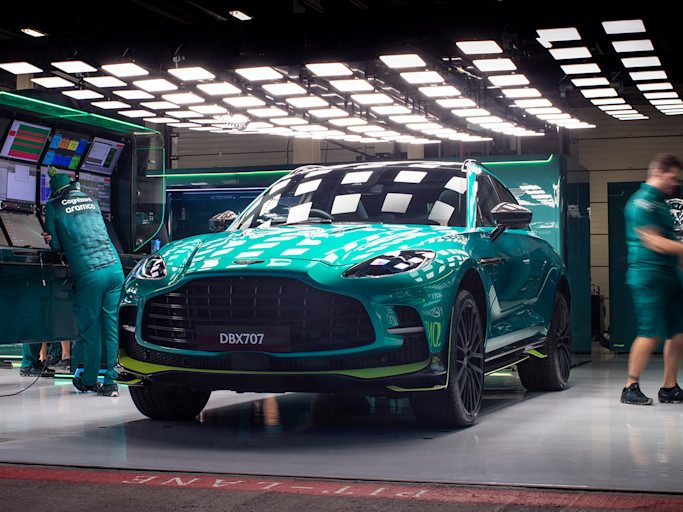
Fernando Alonso
More than 20 years after making his Grand Prix debut, the same restless hunger for success still drives Fernando. The double World Champion ushers in an exciting new chapter for the team, providing the skill, speed and experience needed to further the team's quest to become world title challengers.

Lance Stroll
Lance Stroll is one of Formula One's great young talents. At 25 years old, he is already an experienced Formula One racer with multiple podium finishes and a pole position to his name. In 2024, he's ready to help drive the team forward.
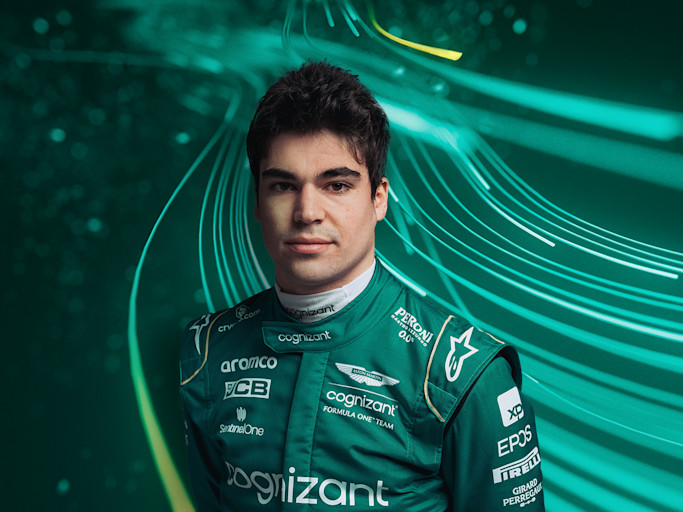
Amplify your fan experience
From exclusive collabs to once-in-a-lifetime prizes, I / AM DROPS is a new series of unique and ultra-limited moments and fan experiences.
Sign up for I / AM or sign in to unlock.


